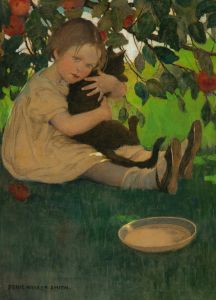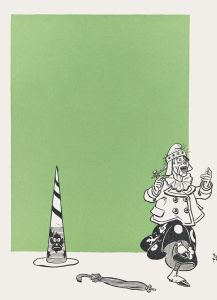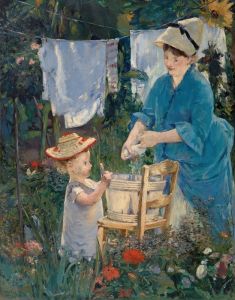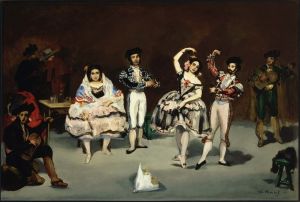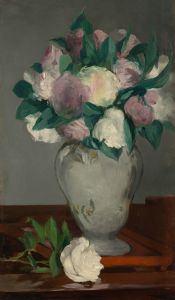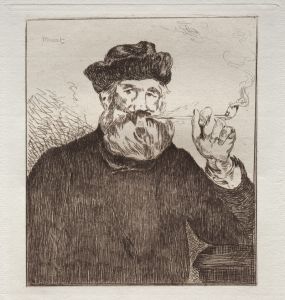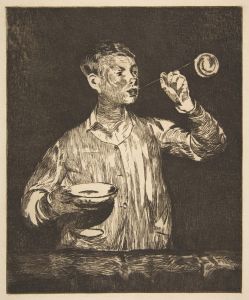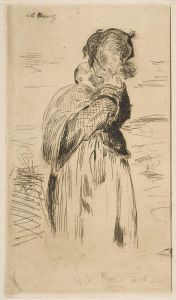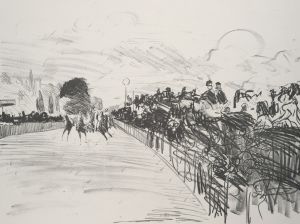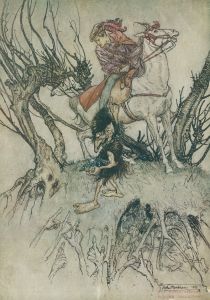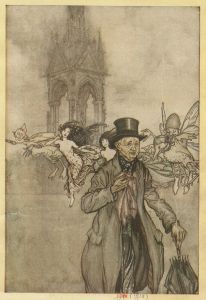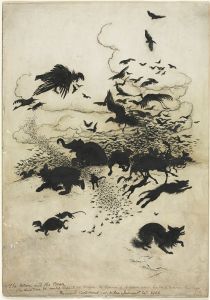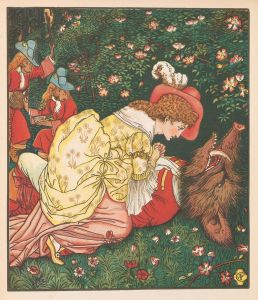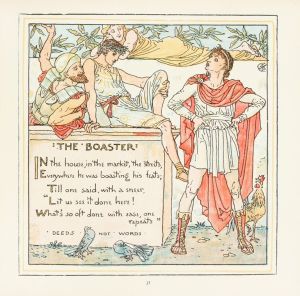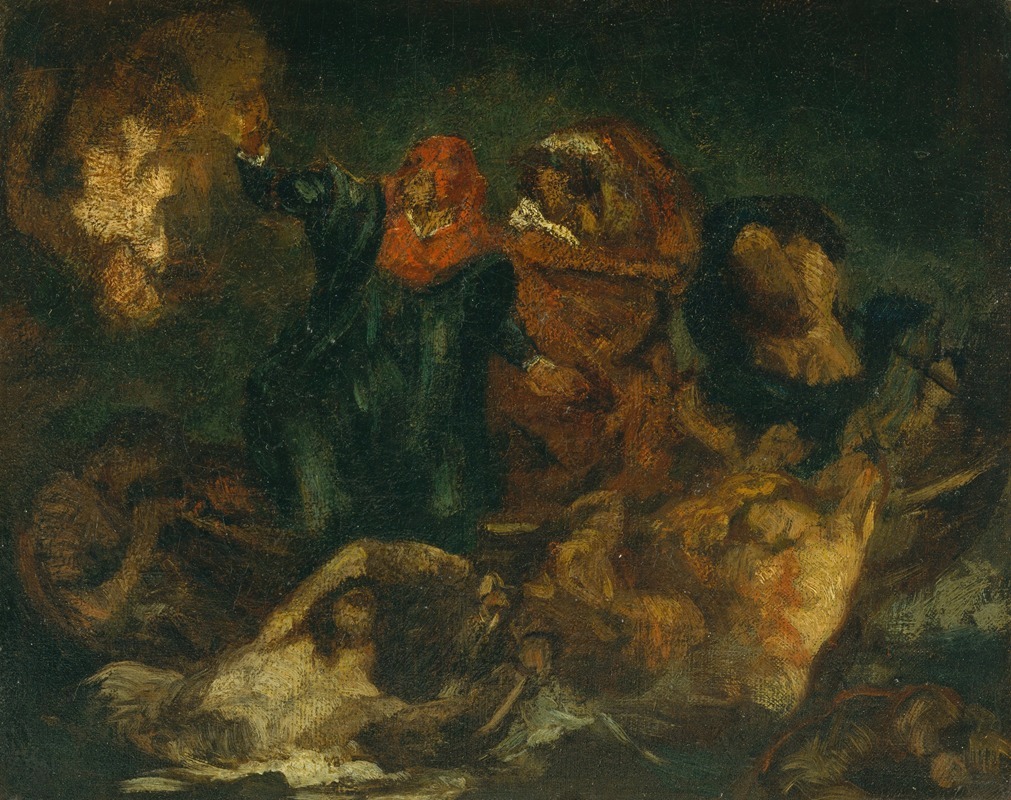
Copy after Delacroix’s ‘Bark of Dante’
A hand-painted replica of Édouard Manet’s masterpiece Copy after Delacroix’s ‘Bark of Dante’, meticulously crafted by professional artists to capture the true essence of the original. Each piece is created with museum-quality canvas and rare mineral pigments, carefully painted by experienced artists with delicate brushstrokes and rich, layered colors to perfectly recreate the texture of the original artwork. Unlike machine-printed reproductions, this hand-painted version brings the painting to life, infused with the artist’s emotions and skill in every stroke. Whether for personal collection or home decoration, it instantly elevates the artistic atmosphere of any space.
Édouard Manet, a pivotal figure in the transition from Realism to Impressionism, created "Copy after Delacroix’s ‘Bark of Dante’" as part of his early artistic development. This work is a copy of Eugène Delacroix's painting "The Barque of Dante," which was originally exhibited in 1822 and is housed in the Louvre Museum in Paris. Delacroix's painting itself was inspired by a scene from Dante Alighieri's "Divine Comedy," specifically from the "Inferno" section, where Dante and the Roman poet Virgil are depicted crossing the River Styx.
Manet's decision to copy Delacroix's work reflects a common practice among artists of the 19th century, where they would study and replicate the works of masters to hone their skills and understand different techniques. This practice was particularly prevalent in the Louvre, where artists could closely observe and emulate the works of renowned painters. Manet, who was deeply influenced by the Romantic style of Delacroix, sought to capture the dramatic intensity and vivid color palette that characterized Delacroix's original composition.
In "The Barque of Dante," Delacroix presents a tumultuous scene filled with dynamic movement and emotional intensity. The painting shows Dante and Virgil in a small boat, navigating through a sea of tormented souls. The figures are rendered with dramatic expressions, and the composition is marked by a strong contrast between light and shadow, enhancing the sense of chaos and despair. Manet's copy would have aimed to replicate these elements, allowing him to explore Delacroix's use of color, brushwork, and composition.
Manet's engagement with Delacroix's work is indicative of his broader artistic journey. Although he would later become known for his innovative approach and contributions to modern art, during his formative years, Manet was deeply rooted in the traditions of the past. By copying works like "The Barque of Dante," he was able to build a foundation that would later support his more avant-garde endeavors.
While Manet's copy of Delacroix's painting is not as widely recognized as his original works, it remains an important piece in understanding his artistic development. It showcases his early admiration for Delacroix and highlights the influence of Romanticism on his evolving style. This exercise in copying also underscores the interconnectedness of artists across generations, as they learn from and reinterpret each other's works.
Manet's later works would diverge significantly from the Romantic style, as he began to experiment with new techniques and subjects that challenged traditional artistic conventions. However, his early copies, including "Copy after Delacroix’s ‘Bark of Dante’," played a crucial role in shaping his understanding of art and his eventual emergence as a leading figure in the Impressionist movement. Through these studies, Manet was able to bridge the gap between the old and the new, paving the way for a modern approach to painting that would influence countless artists in the years to come.





